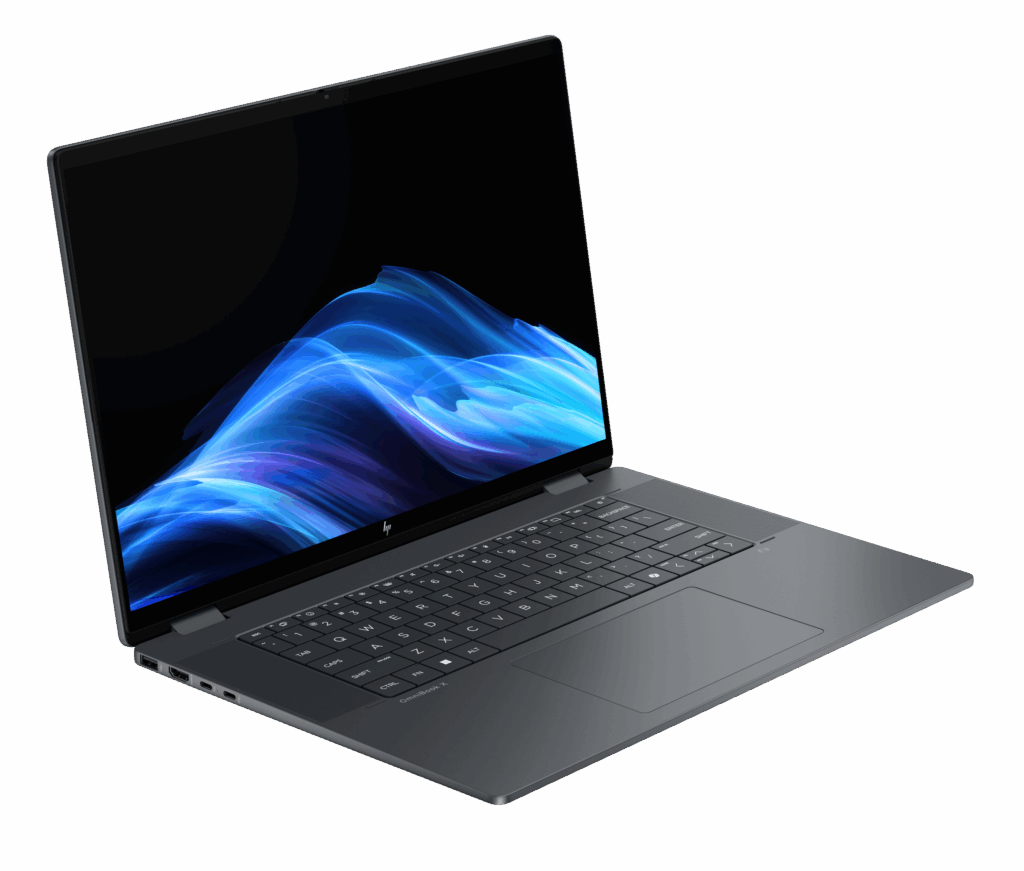The smarter AI tools of today’s digital world get, the more educators, creators of content, and other professionals should know how to identify AI-generated submissions or publications. Making these identifications requires the use of AI detectors. Therefore, this article will explain all you need to know about the usage of an AI detector.
What Is an AI Detector?
AI detectors are intended to determine whether a certain piece of material has been produced by an artificial intelligence system. These detectors examine texts using patterns, styles, and structures that suggest the material was created using artificial intelligence. They can identify unnatural consistency, repetitive uses of the same phrases, and language that seems overly polished. In this way, the AI detector provides input about a given text creation, whether that happened with an AI or human touch. You can better assess written content for authenticity by understanding how these tools work.
Why Should You Use One?
The use of the said detector plays an important role in many fields, such as education, publishing, and journalism. It also ensures the academic integrity of educational domains with the assurance of original work by students. For publishers and journalists, this would sustain their respective credibility and authenticity. Content creators may also use AI detectors to verify their original work or unconscious AI influence. For this reason, such tools will help you make sure that the content you will be working with is authentic and weed out unwanted influences.
How Do They Do Text Analysis?
AI detectors go through the text with complex algorithms and machine learning models. They compare the writing patterns against known databases of AI-generated content. Additionally, it analyzes stylistic and linguistic features typical of AI-generated text. The tools assess sentence structure, coherence, and aspects of vocabulary usage. By looking at these factors, AI detectors return a score or a percentage likelihood of whether the text is AI-generated.
Selecting the Proper AI Detector
The selection of the right AI detector is based on a number of factors. Make sure the detector maintains a great rating for accuracy and reliability. Consider such tools that offer wide reports and insights instead of binary results. Some detectors are more appropriate with regard to detecting particular content or a particular industry; because of this, one must consider finding the most relevant among all.
Bringing Them into Your Workflow
In order to receive an accurate result, you can integrate an AI detector, free or paid, into your flow to automate the process of verification. This means that educators can run student essays through a detector before they grade or review them. Content creators and editors can utilize detectors to review articles for their originality. Make the use of AI detectors part of your routine in content review. Provide guidelines on when and how to use them for better efficiency.
AI Detectors Limitations
AI detectors are useful, but they are not without limitations. Sometimes, they may fail to pinpoint an AI-generated piece specifically, as AI technology is fast-improving. Subtle or highly creative writing may defeat the detectors. They can even give false positives or lack the detection of certain types of AI-generated text. It is important to note that AI detectors present one part of a broad strategy for content verification and must not be relied on exclusively.
Best Practices for Using One
To get the most out of an AI detector, follow these best practices:
- Use Multiple Detectors: Cross-check results with different tools to improve accuracy.
- Review Results Carefully: Don’t rely solely on the detector’s verdict; read the content yourself.
- Stay Updated: Keep up with advancements in AI and detection technology to ensure effectiveness.
- Educate Users: Inform students, colleagues, or team members about the role of AI detectors and their limitations.
Conclusion
AI detectors are excellent tools to help guide you through the maze of distinguishing human and AI-generated content. In this regard, learning exactly what AI detectors are, why they are used, and how to incorporate them effectively into your workflow will be able to add immense integrity to your content assessments. Keep in mind the limitations of these tools and use them in concert with a broader strategy of verifying content. The more you know about how to use these detectors and their best practices, the greater this resource will prove to be toward the authenticity and credibility of your work.
- 5 Modern Computer Safety Tips You Should Know About - December 17, 2024
- A Day in the Life of an App Developer - October 24, 2024
- Tech and Marketing: How Industries Collide - October 11, 2024



